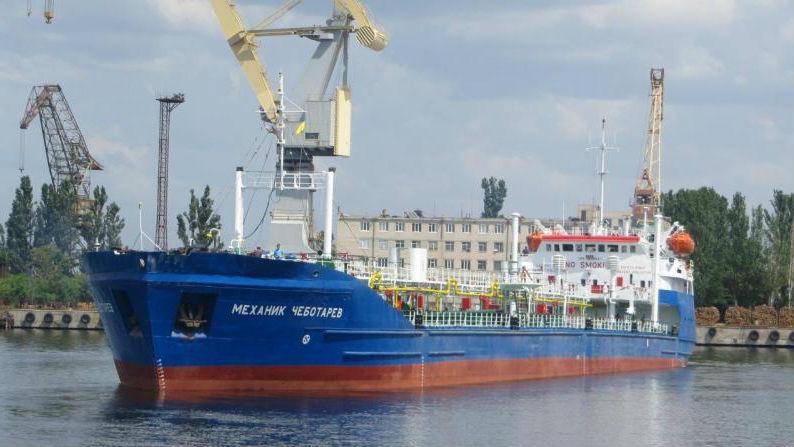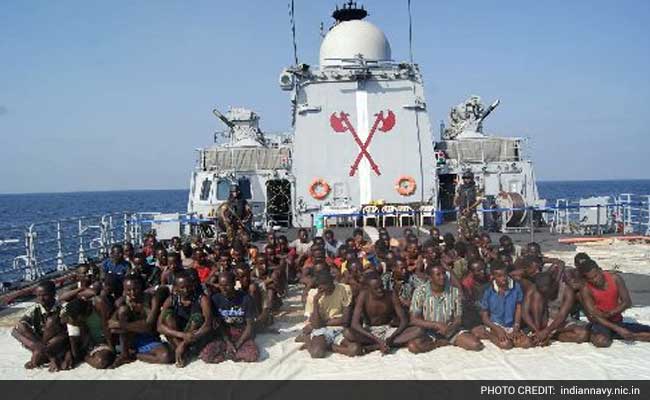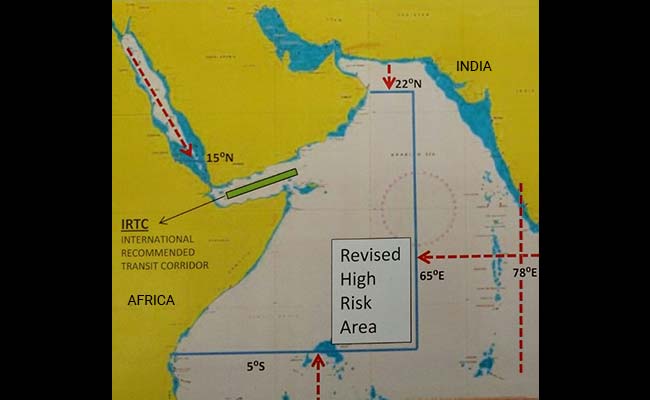Giant cruise ships 'crushing the life out of Venice'
Warning comes at opening of controversial exhibition of photographs showing how Venice is dwarfed by huge cruise liners
Giant cruise ships which disgorge
thousands of tourists in Venice every day are putting the city "in
peril", campaigners have said.
The
warning came during the opening of a controversial photographic
exhibition in the World Heritage city showing how Venice’s spires, domes
and canal-side palaces are dwarfed by the lumbering cruise liners as they plough through the lagoon.
 A cruise ship in front of St Mark's Square Photo: Gianni Berengo Gardin-Courtesy Fondazione Forma per la Fotografia
A cruise ship in front of St Mark's Square Photo: Gianni Berengo Gardin-Courtesy Fondazione Forma per la Fotografia
The striking black and white images were taken by Gianni Berengo Gardin, an Italian photographer.
"These photos are like a punch in the stomach but they will help people
to understand how serious the problem is," said Giulia Maria Crespi,
the honorary president of the Italian Environment Fund, which is similar
to Britain’s National Trust.
 The Celebrity Silhouette glides by the old town Photo: Gianni Berengo Gardin-Courtesy Fondazione Forma per la Fotografia “The giant cruise ships that come to Venice are a disgrace and the city needs to be saved,” she said.
The Celebrity Silhouette glides by the old town Photo: Gianni Berengo Gardin-Courtesy Fondazione Forma per la Fotografia “The giant cruise ships that come to Venice are a disgrace and the city needs to be saved,” she said. “All Venetians and all Italians should see these photos to realise how the big ships are putting in peril Venice, a jewel of humanity.”
Despite years of debate over the impact of the huge cruise liners, they are still allowed to enter the lagoon from the Adriatic and to navigate their way down the Giudecca Canal to the international cruise ship terminal.
 The MSC Divina cruise ship passing by the old town Photo: Gianni Berengo Gardin-Courtesy Fondazione Forma per la Fotografia
The exhibition of 30 images had faced opposition from Luigi Brugnaro,
the newly elected conservative mayor of Venice, who said they gave a
distorted image of the cruise ship industry.
The MSC Divina cruise ship passing by the old town Photo: Gianni Berengo Gardin-Courtesy Fondazione Forma per la Fotografia
The exhibition of 30 images had faced opposition from Luigi Brugnaro,
the newly elected conservative mayor of Venice, who said they gave a
distorted image of the cruise ship industry. Mr Brugnaro, a businessman, is a firm supporter of the cruise ships, arguing that they sustain thousands of local jobs.
He denied permission for the exhibition to be held in the Doge’s Palace, which is administered by the city council.
 A cruise ship passes along the Guidecca channel Photo: Gianni Berengo Gardin/Courtesy Fondazione Forma per la Fotografia Andrea Carandini, the head of the Italian Environment Fund, said Venice was being crushed by the weight of mass tourism.
A cruise ship passes along the Guidecca channel Photo: Gianni Berengo Gardin/Courtesy Fondazione Forma per la Fotografia Andrea Carandini, the head of the Italian Environment Fund, said Venice was being crushed by the weight of mass tourism. “Venice now has a third of the inhabitants that it did in the 18th century – just 50,000 – yet it receives 30 million tourists a year. It is unsustainable. If things continue like this, the city will die.”
 A cruise ship is pulled by a tug boat through Venice's lagoon Photo: Gianni Berengo Gardin-Courtesy Fondazione Forma per la Fotografia
Venice was being smothered by a tourism “monoculture”, with not enough
resources put into developing other economic sectors, he said.
A cruise ship is pulled by a tug boat through Venice's lagoon Photo: Gianni Berengo Gardin-Courtesy Fondazione Forma per la Fotografia
Venice was being smothered by a tourism “monoculture”, with not enough
resources put into developing other economic sectors, he said. The exhibition runs from on Thursday until January 6 in St Mark’s Square.
Source: The Telegraph, UK.




















